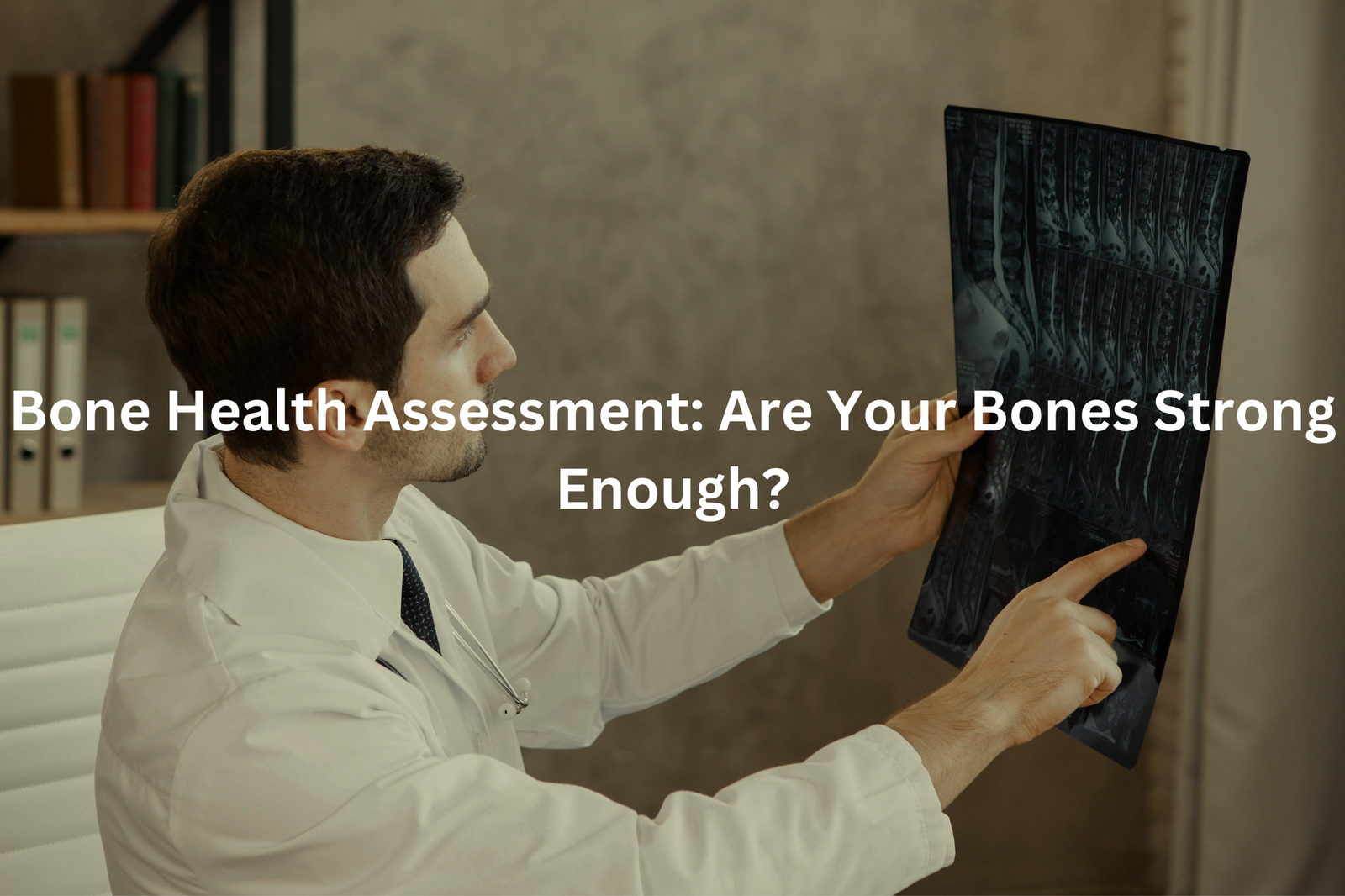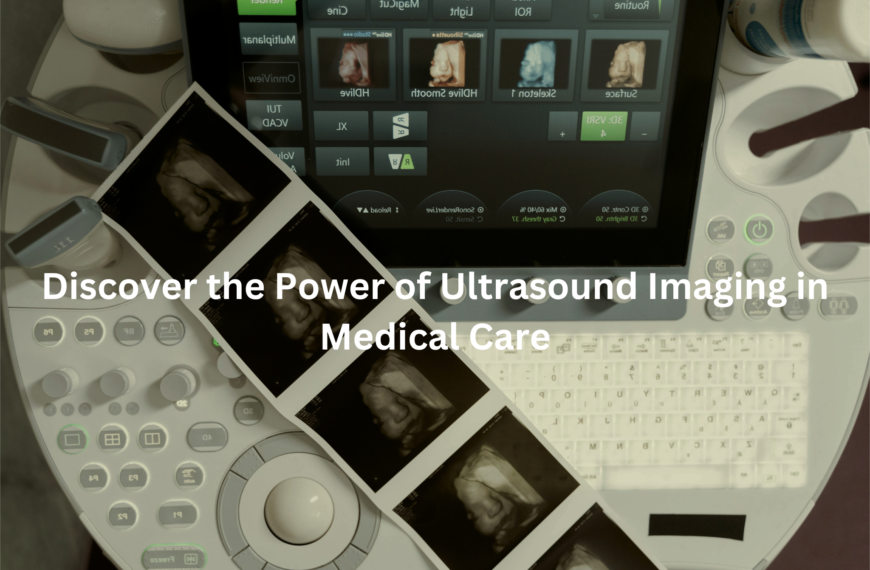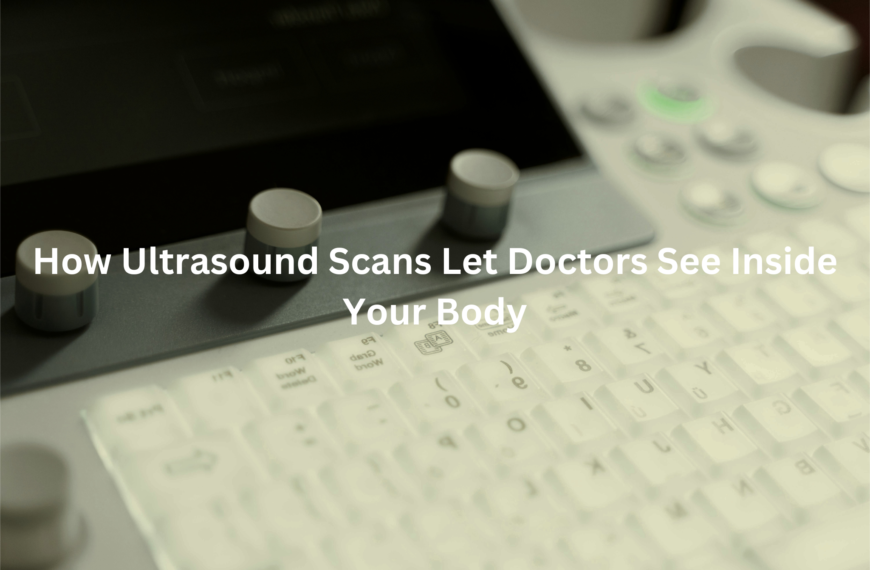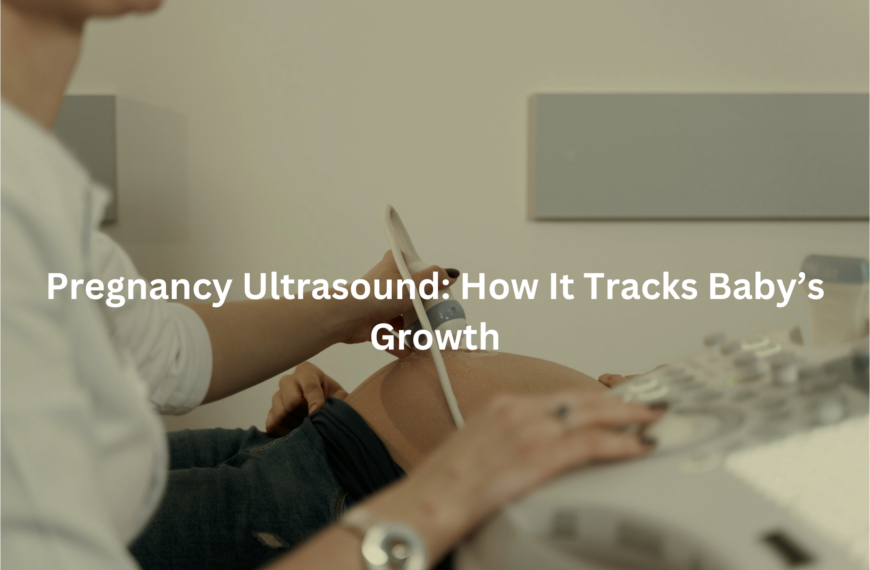Are your bones strong enough? A bone health assessment can tell you. Learn how a DXA scan checks for low bone density and fracture risk.
Bone health checks stand as a key part of staying well. A DXA scan (dual-energy X-ray absorptiometry) measures how dense and strong bones are, showing if someone faces a higher chance of breaks or fractures. The scan works by sending tiny amounts of X-ray beams through the bones, mostly checking hips and spine (these spots often show bone weakness first).
The test takes about 15 minutes, feels painless, and needs no special prep. Medical teams use these results to spot early signs of weak bones, then suggest the right mix of calcium, vitamin D, and exercise to help keep bones strong. Anyone worried about their bone strength should chat with their GP about getting checked.
Key Takeaway
- A DXA scan is a special test that checks how strong your bones are.
- Knowing your bone health can help prevent problems like fractures.
- Lifestyle changes, like eating healthily and exercising, can help improve bone strength.
What is a DXA Scan?
A DXA scan measures bone density with remarkable accuracy. This medical device uses dual-energy X-ray absorptiometry to check bones at key points like the spine and hip (places where fractures often occur).
The scan takes about 15 minutes, and patients simply lie still on a padded table. The machine sends low-dose X-rays through the bones, creating detailed measurements that show bone strength.
The results come as T-scores:
- Above -1.0: Normal bone density
- Between -1.0 and -2.5: Osteopenia
- Below -2.5: Osteoporosis
Medical professionals recommend DXA scans for:
- Women aged 65+
- Men aged 70+
- People who’ve broken bones after age 50
- Those taking long-term steroid medications
- Individuals with family history of osteoporosis
The scan helps doctors track bone changes over time and guides treatment decisions. Some advanced machines can even spot vertebral fractures that might otherwise go unnoticed until they cause pain.
Who Should Get a DXA Scan?
Bone density scans, known as DXA scans, act as an early warning system for bone health. These scans detect problems before fractures occur, much like checking a building’s foundation before cracks appear.
Several risk factors suggest the need for bone density testing:
- Age over 50 (bone loss accelerates during this time)
- Family history of osteoporosis
- Previous fractures from minor falls
- Smoking or long-term steroid use
The DXA scan process takes 10-30 minutes, scanning the spine, hip, and upper thigh areas. Patients simply lie still while the scanner moves overhead, requiring no needles or special preparations.
Results come as T-scores:
- Above -1.0: Normal bone density
- Between -1.0 and -2.5: Osteopenia (mild bone loss)
- Below -2.5: Osteoporosis (significant bone loss)
Early detection through DXA scans helps doctors create treatment plans using calcium supplements, vitamin D, and specific exercises to maintain bone strength. Regular monitoring helps track changes over time, letting doctors adjust treatments as needed.
What Happens During the DXA Scan?
Sources: Doctorthayer.
A DXA scan measures bone density through low-dose X-rays, providing vital information about bone health(1). The process takes just 10 to 30 minutes in a quiet medical room.
Patients must remove metal items and change into a medical gown before the scan. The scanning machine moves above the body while patients lie still on a flat examination table. The scanner captures detailed images of specific areas (typically the spine, hip, or proximal femur).
The results appear as T-scores, comparing bone density to healthy young adult standards:
- Normal bone mass: -1.0 or higher
- Osteopenia (early bone loss): between -1.0 and -2.5
- Osteoporosis: below -2.5
Early detection through DXA scans helps medical professionals identify bone density issues before they become severe. Treatment options often include increased calcium intake (1000-1200mg daily), vitamin D supplements (600-800 IU daily), and weight-bearing exercises. These simple changes can slow bone loss when started early. No recovery time needed – patients resume normal activities straight after the scan.
What Do the Results Mean?
Bone density scores tell a crucial health story through numbers. The T-score system helps doctors track bone strength using simple measurements(2).
Normal bone density ranges from -1.0 to +1.0, showing healthy, strong bones. When scores drop between -1.0 and -2.5, it signals osteopenia, an early warning of bone loss. Scores below -2.5 indicate osteoporosis, where bones become quite fragile.
The DXA scan (a specialised x-ray machine) spots these changes before any symptoms appear. Medical professionals examine several factors alongside T-scores: patient age, past breaks, and medicine use – especially steroid medications that might weaken bones.
Treatment options include daily calcium (1,000-1,200 mg) and vitamin D (800-1,000 IU). Regular exercise helps too, particularly weight-bearing activities that strengthen bones.
Early detection makes a big difference. While bone loss can’t always be reversed, proper care and monitoring can slow it down or stop it from getting worse.
Lifestyle Changes for Better Bone Health
Bones change constantly, breaking down and rebuilding throughout life. These living tissues need proper nutrients and physical stress to maintain their strength.
Three key factors support bone health:
Calcium (1,000-1,200 mg daily)
- Dairy products: milk, cheese, yoghurt
- Green vegetables: kale, bok choy
- Nuts: almonds
- Supplements when needed
Vitamin D (800-1,000 IU)
- Natural sunlight exposure
- Fatty fish: salmon, sardines
- Fortified milk products
- Essential for calcium absorption
Weight-bearing activities
- Walking or jogging
- Resistance training
- Regular exercise sessions
Bone density loss occurs without noticeable symptoms, often leading to fractures in the hips, wrists, or spine. Prevention starts with daily habits. Regular physical activity combined with proper nutrition helps maintain bone strength. The skeletal system responds to these positive changes, building stronger, more resilient bones that can better support daily activities.
Research shows that consistent bone health practices reduce fracture risk by up to 50% in adults over 50 (Australian Institute of Health and Welfare, 2022).
What About Medicare and Costs?

Bone density loss creeps in without warning signs, much like a slow air leak in a tyre. A DXA scan (dual-energy X-ray absorptiometry) spots these changes before they lead to breaks or fractures.
Medicare in Australia covers DXA scans for several groups(3):
- People aged 70 and above
- Those with risk factors (osteoporosis, long-term steroid use)
- Patients who’ve had fractures from minor falls
- Anyone with a GP or specialist referral
The scan costs between 85and85 and 85and160 without Medicare, though bulk billing options exist at many clinics. A quick phone call to local medical centres can confirm exact pricing.
During the 15-minute procedure, patients lie still while the scanner measures bone density at key points (typically hips and spine). The machine produces a T-score, comparing bone density to young adult averages. This number helps doctors spot problems early, when treatment works best. No special preparation needed. No pain involved. Just valuable information about bone health.
Other Bone Health Assessments
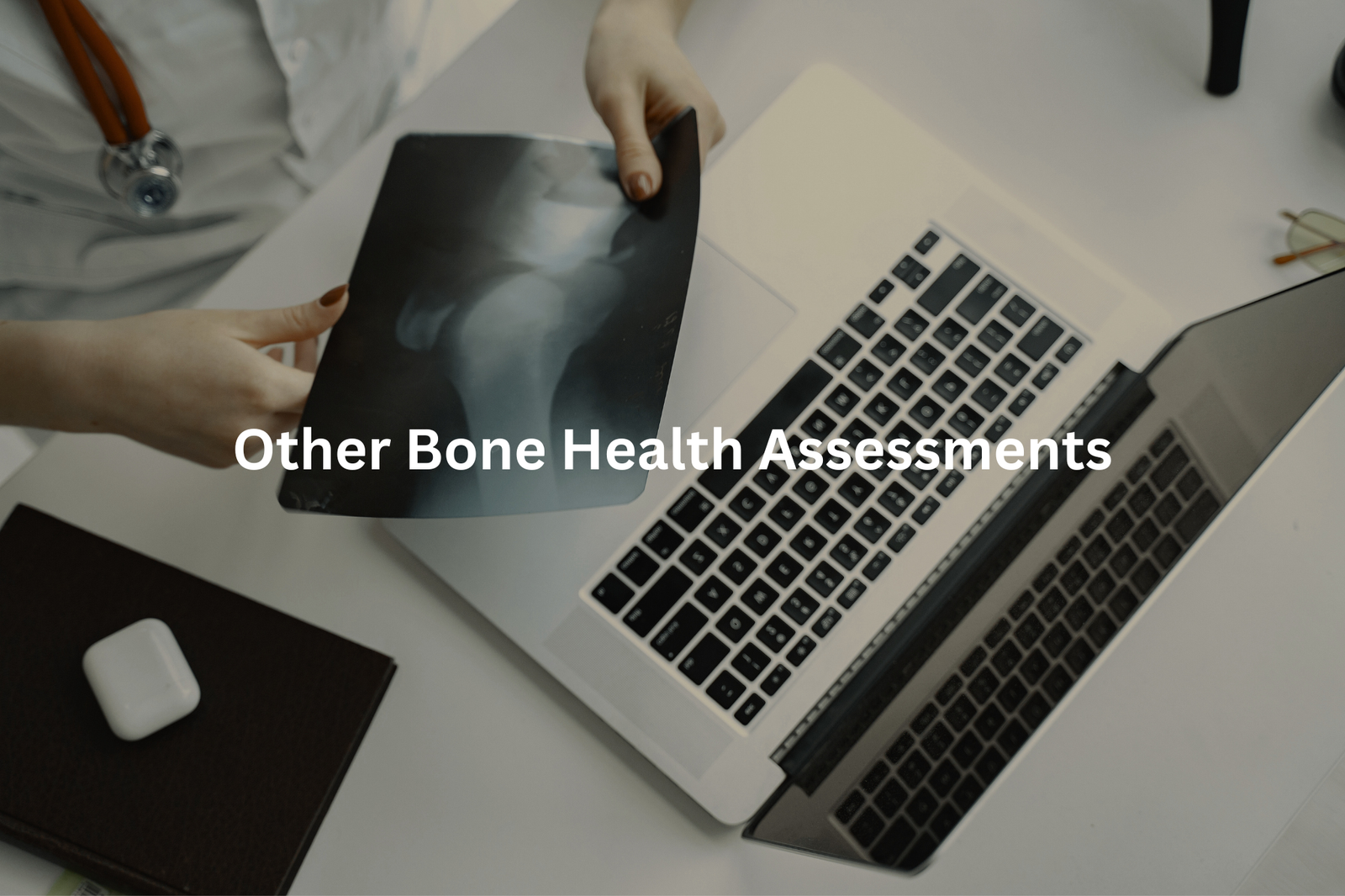
Broken bones pose serious health risks in Australia. A DXA scan measures bone density, providing crucial data about bone strength, while a FRAX score adds another layer of assessment.
The FRAX calculator looks at several factors:
- Age and gender (postmenopausal women face higher risks)
- Medical background (including conditions like rheumatoid arthritis)
- Daily habits (smoking, alcohol intake, and low body weight)
Medical professionals use these tools together. The DXA scan shows current bone density, and FRAX predicts fracture chances over the next decade. This combination helps doctors make better treatment choices.
Prevention remains essential for strong bones. Regular weight-bearing exercises build bone strength. Getting enough calcium (1000-1300mg daily for adults) and vitamin D supports bone health. A balanced diet with dairy products, leafy greens, and fish provides these nutrients naturally.
Early screening helps catch problems before fractures happen. Anyone over 50 should discuss bone health with their doctor.
Why Regular Assessments Matter
Bone fractures strike without warning. No signals, no pain – until a simple bump or step leads to a break. Early bone health checks serve as the best defence against unexpected fractures.
Medical professionals use DXA scans (a specialised X-ray that measures bone density) to assess bone strength. The assessment looks at several risk factors:
• Age and gender (post-menopausal women face higher risks)
• Genetic factors from family history
• Daily habits that affect bone health
Treatment options vary based on bone density results:
• Prescription medications like bisphosphonates to reduce bone loss
• Regular weight-bearing exercises
• Increased calcium intake (1000-1300mg daily for adults)
• Safe sun exposure for vitamin D (15-20 minutes daily)
• Regular medical check-ups
Early detection of low bone density allows for quick intervention. Through proper medical guidance and lifestyle adjustments, people can maintain stronger bones and reduce fracture risks.
What to Do After the DXA Scan
A DXA scan takes about 15 minutes (give or take a few), showing bone density measurements that doctors use to check bone health. The machine sends low-dose x-rays through different parts of the body, mostly focusing on hips and spine.
The scan gives two key numbers:
- T-scores: comparing bones to young healthy adults
- Z-scores: matching bones to people of the same age
When T-scores fall below -1.0, it signals weaker bones. Below -2.5 means osteoporosis. But numbers aren’t everything – family history and lifestyle habits count too.
For better bone health, doctors suggest:
- Getting 1000-1300mg calcium daily (about 3 serves of dairy)
- Adding 600-800 IU vitamin D
- Doing weight-bearing exercises 3 times weekly
- Quitting smoking
- Limiting alcohol
Regular check-ups help track progress. Some patients might need medicine, while others just need lifestyle changes. Early action makes the biggest difference.
FAQ
What is a DEXA scan and how can it help assess my bone health?
A DEXA (dual-energy X-ray absorptiometry) scan is a safe and painless procedure that measures your bone mineral density. It can help identify if you have low bone mass or osteoporosis, which increases your risk of bone fractures from minor falls or bumps. The scan focuses on your lumbar spine and hips, key areas for assessing bone health.
How can poor bone health and low bone mass put me at higher risk of bone fractures?
Having low bone mass, also called osteopenia, means your bones are weaker and more fragile. This makes you more susceptible to breaks, especially in your hips and spine, even from minor falls or bumps. Maintaining healthy bone density through your diet, exercise, and checking for any underlying bone diseases is important to reduce your risk of painful and debilitating fractures.
What are some common bone health assessment tools besides a DEXA scan?
Your doctor may also recommend a bone scan, blood and urine tests to check for bone markers, or a CT (computed tomography) scan to evaluate your bone structure and mineral content in more detail. They will also review your medical history, family risk, and lifestyle factors that impact bone health and your overall risk of osteoporosis and fractures.
How can I help prevent bone loss and fragile bones as I get older?
Eating a diet rich in calcium and vitamin D, doing weight-bearing exercises, and avoiding smoking and excessive alcohol can all help maintain strong, healthy bones. Your doctor may also prescribe medications or supplements if you are at increased risk of osteoporosis. Regular bone density tests can help monitor changes and allow early intervention to reduce your chances of painful and debilitating fractures.
What are the potential side effects or risks of bone density tests?
Bone density tests, like DEXA scans, are generally very safe with minimal radiation exposure. The scans are quick, lasting only about 10–20 minutes. There is a small risk of a false positive or negative result, so your doctor will consider your overall medical history and risk factors when interpreting the results. Discuss any concerns you have about the procedure or next steps with your healthcare provider.
Conclusion
Bone health is really important for everyone, especially as we age. A DXA scan helps check your bones to see if you’re at risk for fractures or osteoporosis (that’s when your bones become weak). You should eat lots of healthy foods, get regular exercise, and visit your doctor regularly to keep your bones strong. So, make sure to assess your bone health and take steps to maintain strong bones throughout your life. You only get one set!
References
- https://www.ais.gov.au/position_statements/best_practice_content/best-practice-protocols-for-dxa-assessment-of-body-composition
- https://www.measureup.com.au/wp-content/uploads/2024/08/Your-DEXA-Report-Explained.pdf
- https://www.racgp.org.au/clinical-resources/clinical-guidelines/key-racgp-guidelines/view-all-racgp-guidelines/osteoporosis/risk-factors/measurement-of-bone-mineral-density

